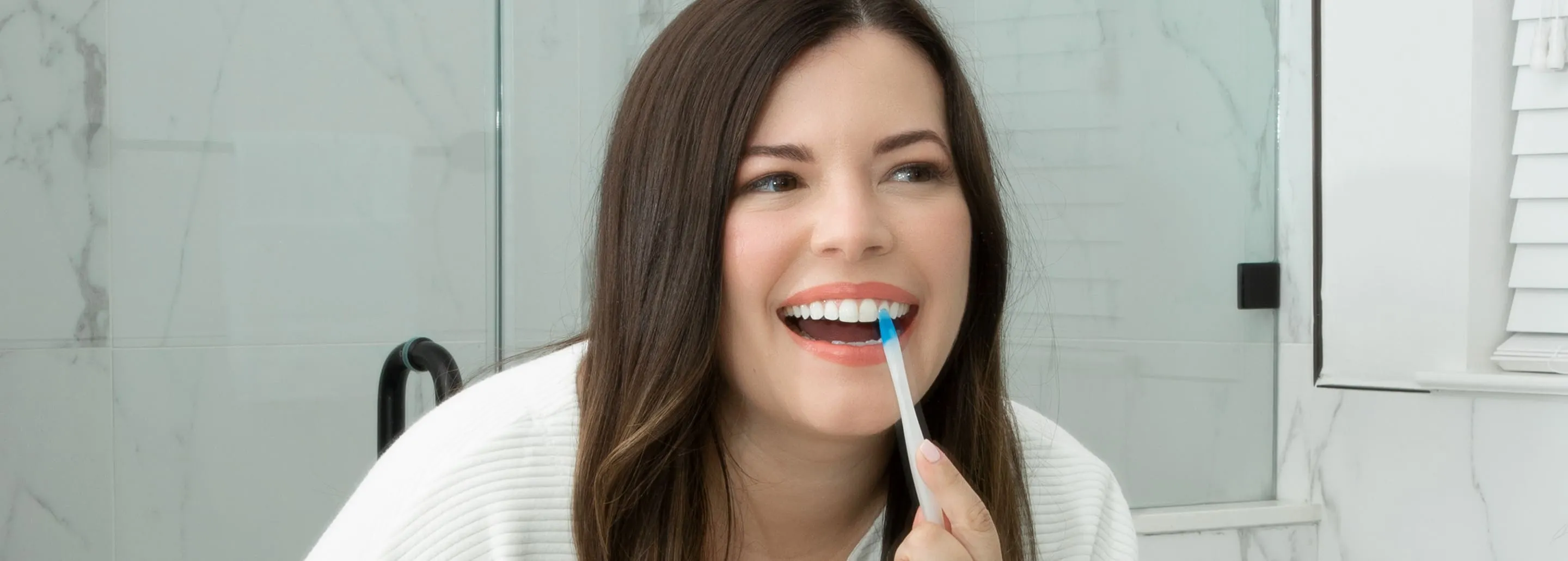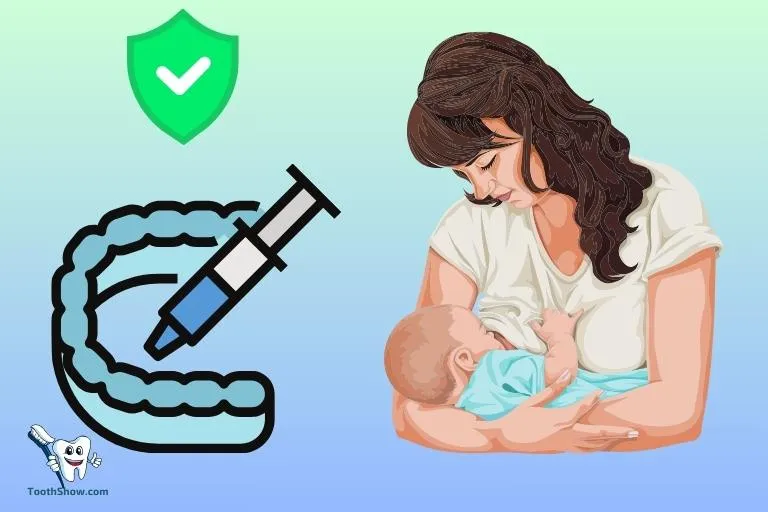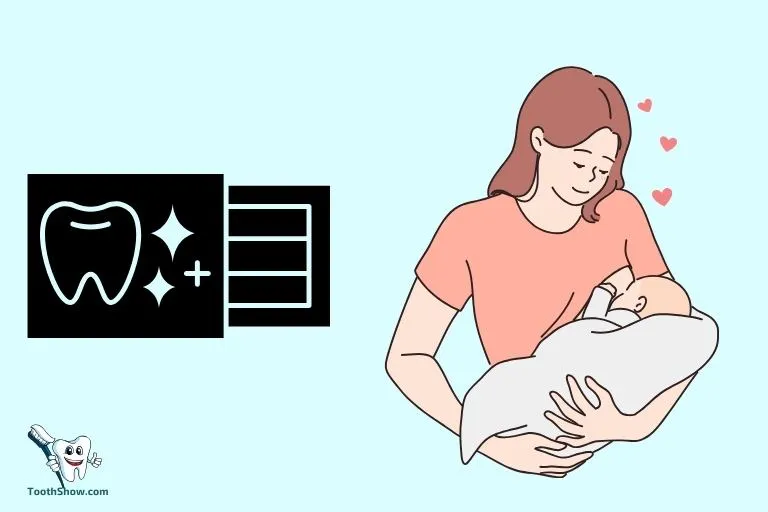The Safety of Teeth Whitening While Breastfeeding
Breastfeeding is a beautiful journey, but it also comes with a host of considerations, including dental health. One common question is, is teeth whitening safe while breastfeeding? The answer isn’t a simple yes or no, as it involves several factors. The primary concern revolves around the potential impact of whitening agents on the baby through breast milk. Many dentists advise caution, recommending that mothers either postpone teeth whitening treatments or opt for safer alternatives. Understanding the specifics of these treatments and their potential risks is crucial for making informed decisions that prioritize both the mother’s oral health and the baby’s well-being. This article explores the top five facts, providing the information necessary to navigate teeth whitening while breastfeeding.
Impact of Whitening Agents on Breast Milk
The primary concern with teeth whitening during breastfeeding centers on the ingredients used in whitening products and their potential to enter breast milk. The active agents in most teeth whitening treatments, such as hydrogen peroxide and carbamide peroxide, can be absorbed into the bloodstream and potentially transferred to the baby through breast milk. While the amount of the active ingredients that enters the breast milk is typically small, the effects on the infant are not completely known, and thus, healthcare professionals often err on the side of caution. This is why consulting with both your dentist and your pediatrician before undergoing any teeth whitening treatment is essential to assess the potential risks and make an informed decision. Always remember that the health and safety of your baby is paramount.
Common Whitening Agents and Their Risks

Understanding the specific risks associated with common whitening agents is vital. The two most frequently used agents are hydrogen peroxide and carbamide peroxide. Both work by breaking down into oxygen, which then bleaches the tooth enamel. However, it’s the potential absorption and systemic effects that warrant consideration, especially when breastfeeding. The level of exposure to these chemicals is generally low, the unknown effects on a developing infant means many experts advise against using them. Always check with your dentist for safer methods.
Hydrogen Peroxide
Hydrogen peroxide is a common ingredient in many teeth whitening products, available in varying concentrations. The higher the concentration, the more effective it is at whitening but also the greater the potential risks. While low concentrations used in some over-the-counter products might pose a lower risk, the potential for absorption and transfer through breast milk still exists. Mothers should always be cautious and consult with their healthcare providers before using products containing hydrogen peroxide. It is important to consider the potential for accidental ingestion and irritation of the gums during breastfeeding. The dentist will know how to help you with this risk.
Carbamide Peroxide
Carbamide peroxide is another popular whitening agent, which breaks down into hydrogen peroxide. The risk profile of carbamide peroxide is similar to that of hydrogen peroxide, with the potential for systemic absorption and transfer to the baby through breast milk. Many professional teeth whitening procedures use carbamide peroxide in higher concentrations. The same cautionary advice applies: consulting with a dentist and pediatrician is essential. They can help you evaluate whether the benefits outweigh the risks, considering your individual circumstances and the health of your baby. Making sure your baby is safe must be first priority.
Professional Teeth Whitening vs At-Home Kits

The method of teeth whitening—whether professional or at-home—influences the safety considerations during breastfeeding. Professional treatments typically involve higher concentrations of whitening agents and are administered under the supervision of a dental professional. At-home kits, on the other hand, often contain lower concentrations, but this doesn’t eliminate the risk. It is essential to weigh the benefits and potential risks of each option. The method you choose may determine the steps you will need to take to protect your child. Speak with your dentist, and always follow professional recommendations to stay safe.
Professional Teeth Whitening Procedures
Professional teeth whitening procedures often involve the use of stronger whitening agents, such as hydrogen peroxide, in higher concentrations. These treatments are performed in a controlled environment, which allows dentists to take precautions to minimize exposure to the whitening agent. Although the treatments are supervised by a dental professional, there is still a potential for the absorption of the whitening agent. This can cause concern, especially during breastfeeding. Your dentist can inform you about precautions taken to prevent harm to your child.
At-Home Whitening Kit Considerations
At-home whitening kits, which include strips, trays, and toothpastes, usually have lower concentrations of whitening agents. However, it is very important to consider the potential risks. These include accidental ingestion and the likelihood of the whitening agent coming into contact with the gums, which can lead to increased absorption. You must carefully follow all instructions provided with the kit to minimize risks. The importance of discussing these options with your dentist and pediatrician cannot be stressed enough. Make sure that you fully understand any potential health risks and always choose the safest possible option.
Alternatives to Teeth Whitening During Breastfeeding

If you’re hesitant about teeth whitening while breastfeeding, there are alternative methods to enhance the appearance of your teeth. These alternatives focus on maintaining good oral hygiene and making dietary adjustments that can improve your smile. They can be a safe and effective alternative while you are breastfeeding. It’s always wise to discuss these options with your dentist to find the best approach for your situation. Make sure that you understand the best way to care for your teeth during this important time.
Maintaining Oral Hygiene
Maintaining excellent oral hygiene is fundamental, particularly during breastfeeding. Brushing your teeth twice a day with fluoride toothpaste is the most important step. Flossing daily helps remove plaque and food particles from between your teeth, preventing stains and promoting overall oral health. Using an antibacterial mouthwash can further reduce bacteria and maintain a healthy mouth environment. Regular dental check-ups and professional cleanings are also essential. Doing these things will help keep your teeth looking their best while also protecting your baby.
Natural Teeth Whitening Methods
There are some natural methods for teeth whitening that may be considered during breastfeeding, although their effectiveness varies. Brushing with baking soda can gently remove surface stains, but be careful not to use it too frequently as it can be abrasive. Oil pulling with coconut oil is another option that some people use, although scientific evidence supporting its whitening effects is limited. Always consult your dentist before trying any new oral health treatments. The dentist will be able to tell you which methods are safe and which ones to avoid. Remember that your oral health impacts your baby.
Foods and Drinks to Avoid

Certain foods and drinks can stain teeth, so avoiding them can help maintain your smile. Coffee, tea, red wine, and dark-colored sodas are common culprits. Smoking also causes significant tooth discoloration. Limit your consumption of these substances, and rinse your mouth with water after consuming them. Eating a diet rich in crunchy fruits and vegetables, like apples and carrots, can also help clean your teeth naturally. By making smart dietary choices, you can maintain a brighter smile and support your overall health.
Consulting with Your Dentist
Consulting your dentist is a critical step. They can assess your oral health, discuss your concerns, and provide personalized recommendations based on your circumstances. Your dentist can also advise you on the safest teeth whitening options, if any, or suggest alternative methods to improve your smile. They can also monitor any changes in your teeth and gums. A dentist will be able to make specific recommendations that are appropriate for your needs. They may also be able to help you avoid any risks associated with teeth whitening and breastfeeding.
When to Resume Teeth Whitening
If you choose to postpone teeth whitening, your dentist can advise you on the best time to resume treatments. Often, they will recommend waiting until you have stopped breastfeeding. They will also consider the health of your baby and the mother. Your dentist will be able to guide you on when it is safe to begin again. They can also provide advice to protect the baby.
Communication with Your Dentist

Open and honest communication with your dentist is key. Inform them about your breastfeeding status, and discuss any concerns or questions you have about teeth whitening. Be sure to provide your dentist with information about your baby’s health. Your dentist is a valuable resource for helping you make informed decisions. This helps them understand your needs and provide tailored advice. Regular check-ups and open communication are essential for maintaining optimal oral health. This will provide peace of mind.
In conclusion, while the desire to whiten your teeth while breastfeeding is understandable, it’s crucial to prioritize your baby’s health. Understanding the potential risks associated with teeth whitening agents and exploring alternative options in consultation with your dentist and pediatrician are essential steps. By making informed choices and maintaining good oral hygiene, you can ensure a healthy and beautiful smile while safely breastfeeding your child. Remember, the well-being of both you and your baby is the most important consideration.
